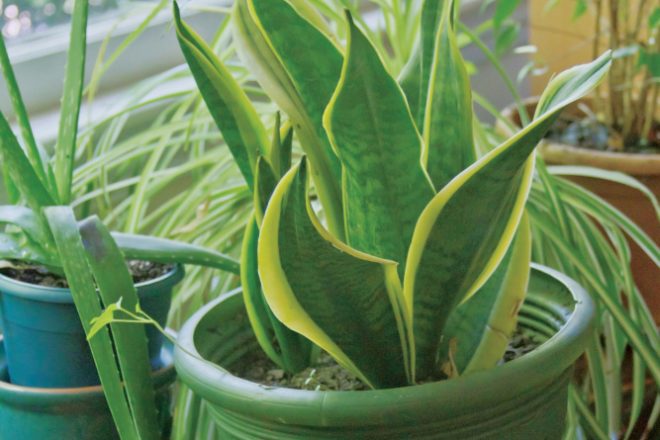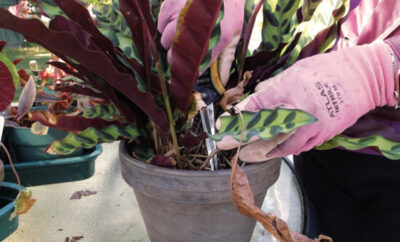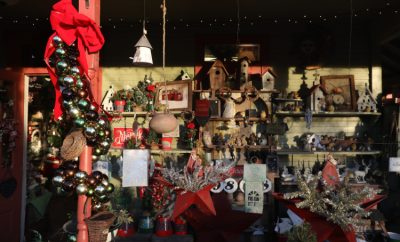No Green Thumbs Necessary For Houseplants

Photo credit: iStock/AwakenedEye
Winter’s chill fills the air, and it’s time to settle in for longer days of gray. While it may be that way outdoors, it doesn’t have to be inside your home. Houseplants, with their endless variety of color, shape and size, can create restful spaces connecting us to nature throughout the year.
Pick a Place
Do you have a green thumb or usually end up dumping your once beautiful purchases in the trash? That happens to all of us sometimes. Why not give it another chance? Though a plant’s natural habitat is the outdoor world, there are plants that do well indoors, too. To have success with houseplants you must choose plants that will do well where you put them. Choose the location, then determine the conditions. Is it cool or really warm? Is it humid or dry? How much natural light does that area get each day? When purchasing plants, read the label to see what the plant requires before you fall in love with how it looks. Garden center staff can usually direct you to plants that do well in certain conditions.
Easy to Grow
All plants need some light, but some are much more low-light tolerant than others. Perhaps the easiest to grow is snake plant (Sansevieria), which is a succulent. Its leaves are long and upright, fitting into small places. It seems to live forever and can tolerate neglect. Peace lilies and cast iron plants are also quite tolerant and will beautifully liven up a space. Other low-light selections include Peperomia, arrowhead vine, Philodendron, Chinese evergreen, rubber plant and spider plant, which is well known for cleaning the air. Each variety has varying needs for water, humidity and fertilizer, so you might choose to group plants with similar requirements together.
Watering is the most important issue with indoor plants. Rainwater is best but softened water is full of salt. Test the soil by pushing a finger into it about an inch. If it is wet, don’t water it. Indicators of overwatering include fungus or mold on the soil, root rot, and leaves developing brown soft spots, which fail to grow. Indicators of under-watering include slow leaf growth, leaf drop, leaf curl and yellowing, or turning brown and dry, and some leaves become translucent.
Once you build your confidence with these plants, venture on to plant varieties that will expand your collection. The possibilities are endless.













 My Indiana Home is produced for Indiana Farm Bureau members. Our mission is to connect you with the food you eat, the Indiana farmers who grow it and a rural lifestyle that is uniquely Hoosier.
My Indiana Home is produced for Indiana Farm Bureau members. Our mission is to connect you with the food you eat, the Indiana farmers who grow it and a rural lifestyle that is uniquely Hoosier.
Leave a Comment